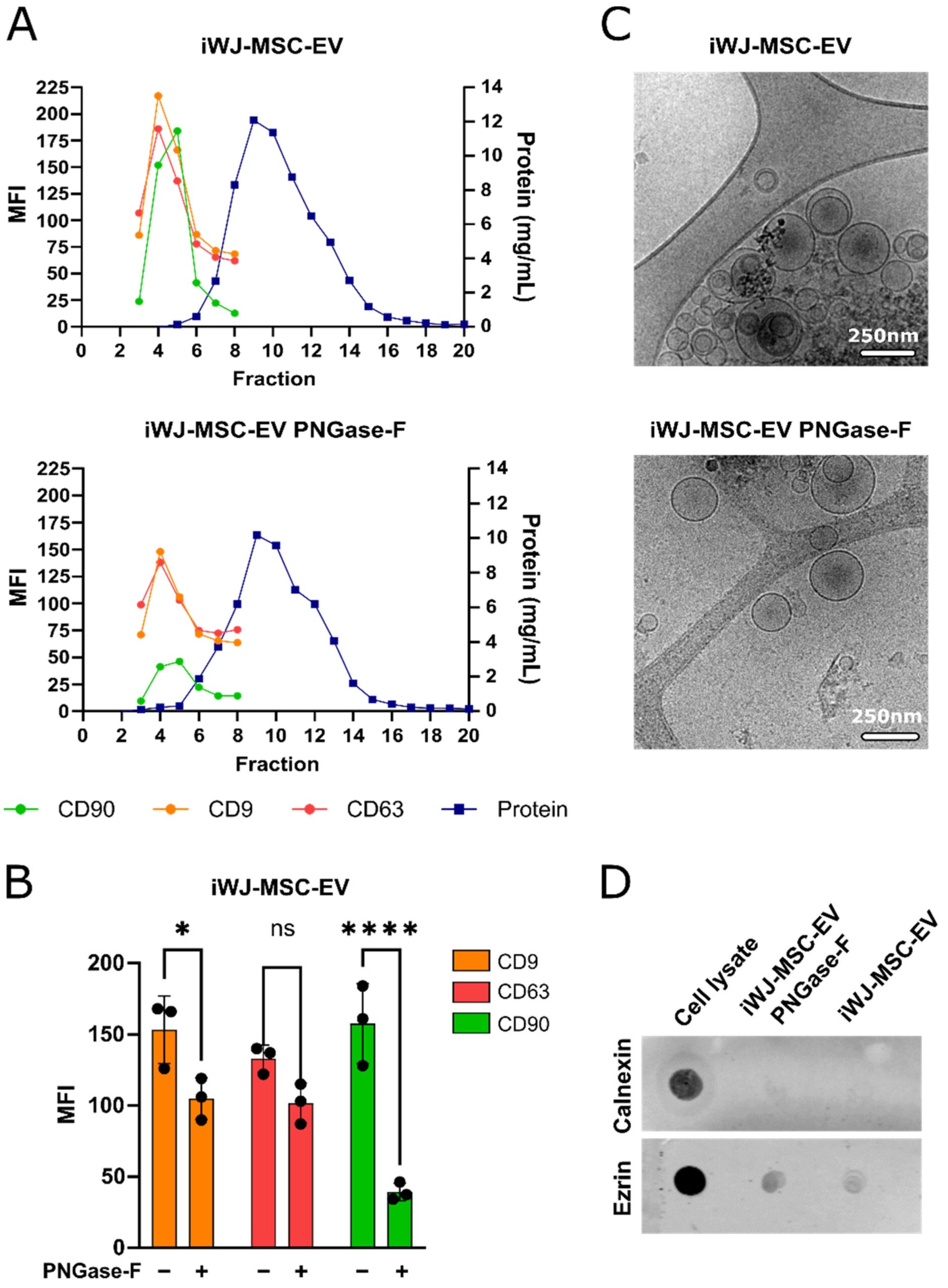Sugars steer stem cell extracellular vesicles to epithelial cells

Researchers at the Germans Trias i Pujol Research Institute (IGTP) discover new facets of the biology of extra-cellular vesicles that will advance their use in therapies. In an article published in the International Journal of Molecular Sciences they describe the importance of glycosylation for the interactions between extracellular vesicles from mesenchymal stem cells and endothelial cells.
Extracellular vesicles are nanometric particles that cells use to send specific information (proteins, RNA, metabolites etc) protected in discrete packets to particular destinations so that they can communicate with other cells. Currently there is a great deal of research in the field, as it is a new mechanism for complex cellular communications, but there is still much to discover.
Extracellular vesicles from mesenchymal stem cells, which can transform into many different types of cells, are a potentially powerful therapy for a great range of diseases due to their ability to modulate the immune system and also regenerate tissues. "Stem cell extracellular vesicles have been shown to reduce inflammation and fibrosis in preclinical models of kidney fibrosis and transplant, which lengthens the life of organs for transplant, and they can also improve cardiac function after a heart attack," comments Dr Francesc E Borràs of the Innovation in Vesicles and Cells for Application in Therapy Group (IVECAT), who led the study, in which the Heart Disease Research Group (ICREC) also took part. "In many of these cases, the target of the vesicles are endothelial cells, cells that form blood vessels, which are inflamed. Until now, we haven't known how the vesicles were able to influence the endothelium," he continues.
In this study the group studied the interaction and how the vesicles manage to communicate with the endothelium. "We have demonstrated that mesenchymal stem cell vesicles are able to recruit endothelial cells, they can call them to where they are needed in damaged tissue and induce them to form of blood vessels," says Marta Clos-Sansalvador, the first author on the paper. In the study they describe how N-glycosilations (sugars that latch onto proteins or lipids) on the surface of the vesicle allow them to communicate with the endothelium. "The most interesting thing is that that we have been able to show that we can modify glyosilations on the vesicles and so redirect them to specific cellular targets," she explains.
This work has been funded by the Fundació La Marató de TV3, l'Instituto de Salud Carlos III and the Ministeri de Ciència i Innovació (MICINN and Regional Development Funds of the European Commission). Both groups involved, REMAR-IVECAT and ICREC are consolidated groups with financing from the Agency for University and Research Grant Management (AGAUR) of the Government of Catalonia. REMAR-IVECAT is part of the TENTACLES and ICREC is a member of the virtual biomedical networks CIBER Cardiovascular and RICORS-Terav.
Reference
Clos-Sansalvador M, Garcia SG, Morón-Font M, Williams C, Reichardt NC, Falcón-Pérez JM, Bayes-Genis A, Roura S, Franquesa M, Monguió-Tortajada M, Borràs FE. N-Glycans in Immortalized Mesenchymal Stromal Cell-Derived Extracellular Vesicles Are Critical for EV-Cell Interaction and Functional Activation of Endothelial Cells. Int J Mol Sci. 2022 Aug 23;23(17):9539. DOI: 10.3390/ijms23179539. PMID: 36076936; PMCID: PMC9455930.
Received: 25 July 2022 / Revised: 11 August 2022 / Accepted: 13 August 2022 / Published: 23 August 2022
(This article belongs to the Special Issue Study of the Molecular Mechanisms of the Therapeutic Properties of Extracellular Vesicles)

